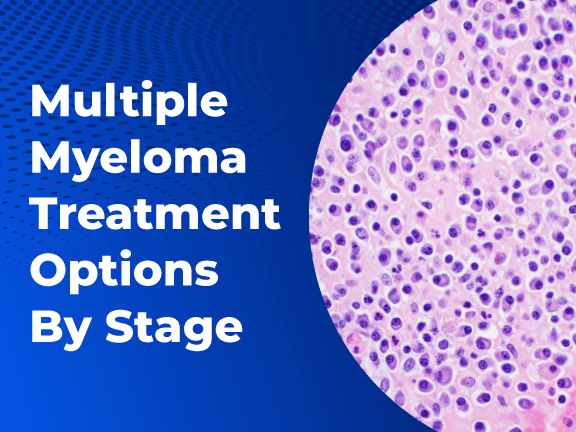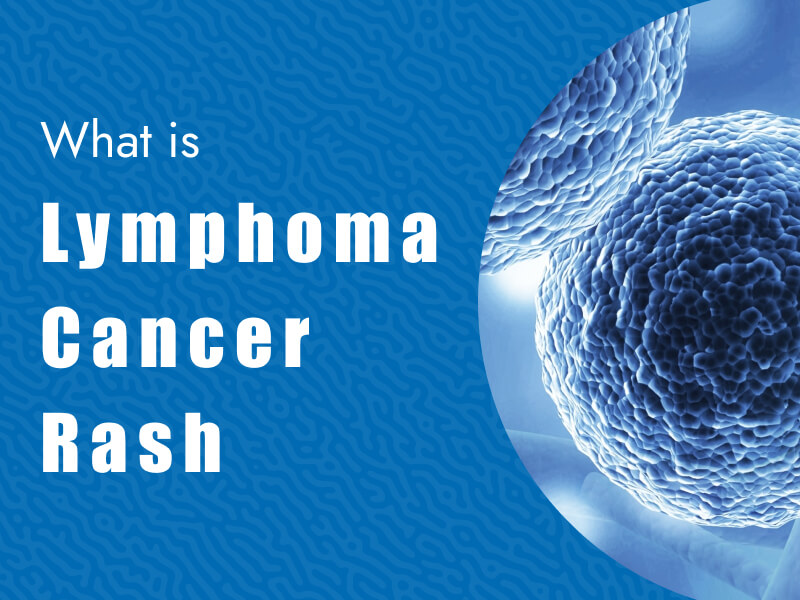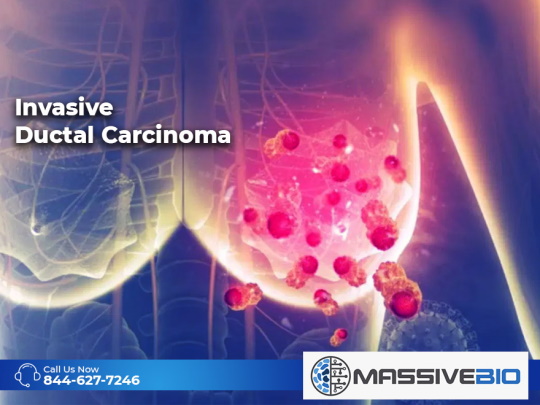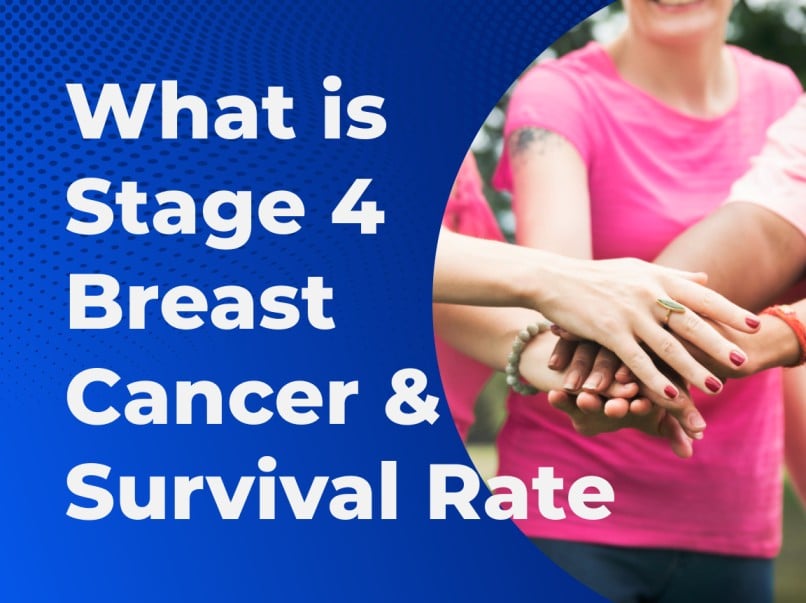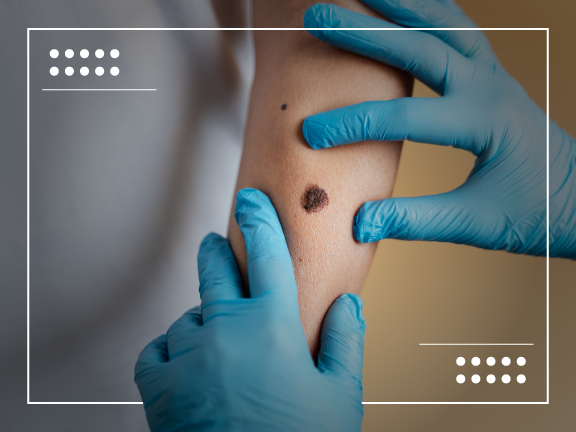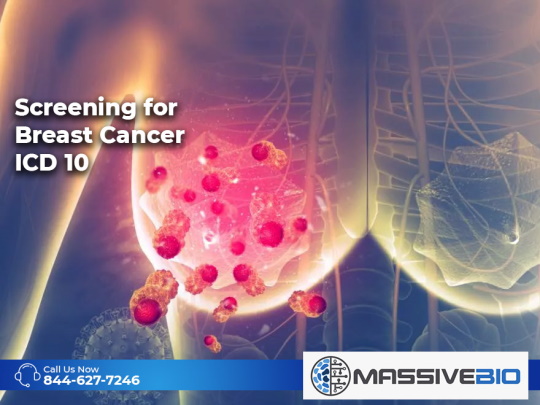Multiple Myeloma Treatment Options By Stage
Multiple myeloma is a rare bone marrow cancer that mainly occurs in the elderly. It starts in plasma cells, a type of white blood cell. It can be diagnosed with routine blood tests, urine tests, X-rays, or biopsy. There may be no symptoms in the early stage of the disease, but symptoms may occur in the advanced stages. In order to start the treatment of the disease, it is necessary to determine at what stage it is. The international staging system has classified the disease into three stages. In this article, you can find the stages and treatment options of multiple myeloma.
What are the Stages of Multiple Myeloma?
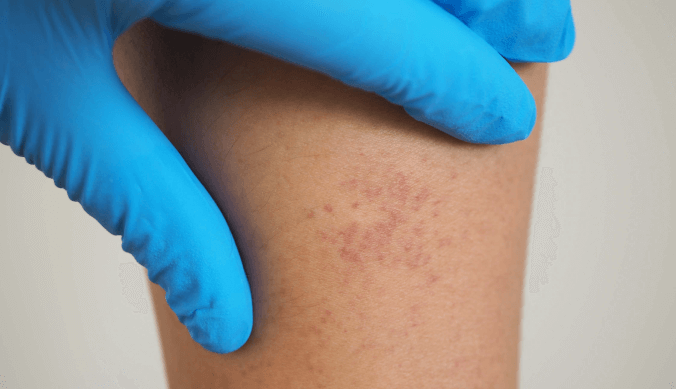
Stages are determined to define the extent of cancer in the body. According to the international grading system, multiple myeloma stages are made according to beta-2-microglobulin (B2MG) and albumin levels. B2MG is a low molecular weight, the proteinaceous substance produced in almost all cells in the body. Its function is to participate in cellular membrane structures, and because it is a structural protein, it is associated with cell proliferation and fragmentation. Its medically necessary dimension is its use as a marker in various biochemical tests, including uncontrolled cell proliferation known as tumor or cancer. Albumin is the most common protein found in human and other mammalian blood plasma, tissue fluids, muscle and skin, tears, sweat, gastric juices, and bile. In addition to transporting fatty acids and various other substances in the blood, it provides the water balance between the blood and tissue fluids.
The stages for multiple myeloma are determined as follows:
- Stage I: At this stage, a small number of myeloma cells appear in the blood and urine. The levels of hemoglobin (protein carrying oxygen from the respiratory organ to the tissues, carbon dioxide and proton from the tissues to the respiratory organ) may drop slightly. A bone X-ray may appear normal or show only one affected area. The amount of serum beta-2 microglobulin is less than 3.5 mg/L. The serum albumin level is also 3.5 g/dL or more.
- Stage II: Moderate myeloma cells are present. Hemoglobin levels drop further. Monoclonal immunoglobulin and blood calcium levels may increase. X-rays may show several areas of bone damage. Serum beta-2 microglobulin amount is between 3.5 and 5.5 mg/L, and albumin level is any level. Or, while the albumin level is less than 3.5 g/dL, the beta-2 microglobulin level is less than 3.5 mg/L simultaneously.
- Stage III: This is the final stage of multiple myeloma. There is a high number of myeloma cells. The hemoglobin level falls below 8.5 grams per deciliter. Blood calcium levels are high. X-rays have multiple areas of bone destruction due to cancer. The serum beta-2 microglobulin level is 5.5 mg/L or higher.
Stage I Multiple Myeloma Treatment
The asymptomatic stage of multiple myeloma in the early stage of the disease. It is called asymptomatic multiple myeloma. Stage I is seen as the early stage. Patients with asymptomatic myeloma or Stage II myeloma may not require treatment until they show symptoms. Patients are usually followed closely. If they experience bone problems, bisphosphonate treatment can be started.
Stage II Multiple Myeloma Treatment
It is called active (symptomatic) myeloma in multiple myeloma after stage II. Usually, patients at this stage are started on drug therapy to ensure that the myeloma cells have entirely or almost completely disappeared. Patients are treated with bortezomib (Velcade®), thalidomide, or a combination of approved drugs, including lenalidomide and dexamethasone.
Stage III Multiple Myeloma Treatment
Treatment for stage III multiple myeloma aims to reduce symptom severity, slow the growth of myeloma cells, and slow the progression of the disease. Treatment for patients at this stage is selected based on the patient’s age, symptoms, the size of the tumors, and the patient’s general health. According to the American Cancer Society, the relative average five-year survival rate for stage III multiple myeloma is 55 percent. Treatments used for patients at this stage often include:
- Immunomodulatory drug therapy: It focuses on strengthening the immune system. Lenalidomide (Revlimid), thalidomide (Thalomid), and pomalidomide (Pomalyst)
- Protease inhibitors: Focus on preventing the growth and progression of cancer. Carfilzomib (Kyprolis) and bortezomib (Velcade).
- Chemotherapy: Searches for and destroys cancer cells in the body. Doxorubicin hydrochloride (Doxil, Adriamycin).
- Corticosteroids: It is aimed to regulate the immune system and control inflammation. Rednisone (Deltasone) and dexamethasone (Decadron).
- Stem cell transplant: Bone marrow is replaced with healthy bone marrow. It may require high-dose chemotherapy before the transplant and ongoing maintenance therapy after the transplant.
Multiple Myeloma Clinical Trials

Multiple myeloma clinical studies aim to eliminate the disease in cases where the treatments applied are not sufficient, as in other types of cancer. Clinical trials of multiple myeloma are divided into four phases. Each stage requires a different number of participants. The latest drugs used in the treatment of multiple myeloma are B-cell maturation antigen (BCMA), Venetoclax (Venclexta, Venclyxto), and MCL-1 inhibitors.
You can find detailed information about clinical trials on multiple myeloma here. Your doctor will help you find out if you are eligible for any clinical trial. In addition, Massive Bio can help you understand if you are eligible for targeted therapies, immunotherapy and other clinical trials. Regardless of your geographic location or past medical history, you can participate in a clinical trial that has been reviewed and adjudicated by experts tailored to your specific cancer type, biomarkers and needs.
Massive Bio uses the SYNERGY Artificial Intelligence (AI) platform to help you match the most appropriate clinical trial for your cancer type and current stage of the disease. With over 170 proprietary clinical algorithms on the platform, Massive Bio bridges the gap between clinical trials and patients to help you find new treatments in real-time. We are here to assist you in your fight against cancer. Feel free to get a free consultation and explore your clinical trial options.
Sources:



